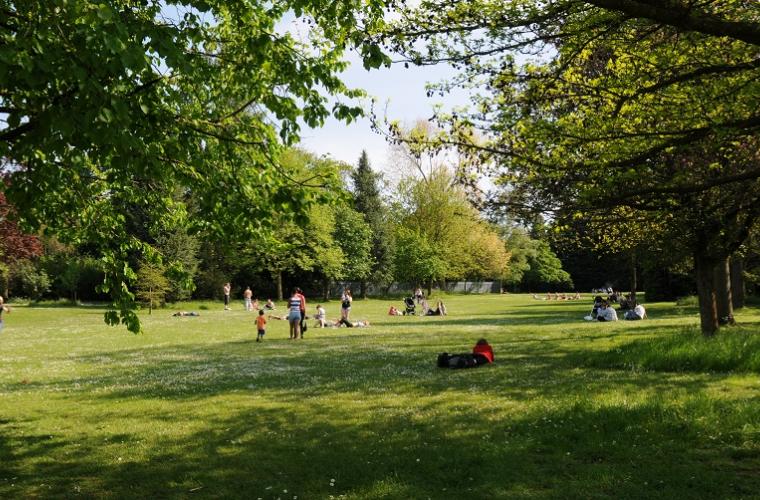Councils remain one of the biggest investors in culture, sport and leisure - spending over £2 billion a year - a new report by the Local Government Association sets out today.

The report - Leisure under lockdown: how culture and leisure services responded to COVID-19 – includes a series of case studies showing how people used culture, sport and leisure to connect and take care of each other during the first lockdown.
These sectors have played a vital role in bringing together local communities during the COVID-19 pandemic and supporting people’s physical and mental wellbeing.
From virtual gyms, streamed rhyme time sessions and lamppost artwork, to theatres operating as food banks and leisure staff taking shielding calls, arts, culture and leisure have provided many with a lifeline during this pandemic.
While the Government’s recent support packages for the arts and leisure centres are positive, council budgets are under pressure due to COVID-19, placing many of these services at risk. Many providers face the risk of closure due to low income generation as a result of lockdown and reduced capacity on reopening due to social distancing.
Losing these services would leave many without access to affordable culture, leisure and physical activity provision, all of which are key to a positive recovery from COVID-19 and a positive lifestyle, the LGA says. The LGA is calling on the Government to use the Spending Review to ensure councils have the funding they need to not only maintain, but invest in and improve their offer.
Cllr Gerald Vernon-Jackson, Chair of the LGA Culture, Tourism and Sport Board said:
“Councils fund and run a wide range of culture and leisure services, including libraries, museums, theatres, parks, sports pitches and leisure centres.
“Their massive popularity during lockdown demonstrates their true value in preserving people’s mental and physical wellbeing, supporting educational outcomes, connecting communities and creating resilient liveable places.
“We must not forget this lesson as we work through the next phase of the pandemic. Spending on culture and leisure is not a luxury: it is a commitment to the wellbeing of our residents and the economic future of our local places. We hope this report will go some way to illustrating the impact of this commitment.”
Val Birchall, Chair of the Chief Cultural and Leisure Officers Association, said:
“Local government services in this sector have proven vital to wellbeing; locally-led responsive approaches play a major role in the local economy and help residents to maintain a quality of life.
“These case studies referenced in the report show the level of ingenuity with which members have stepped up during such a difficult time, making sure that leisure, sport and culture remain at the heart of communities.
“CLOA welcomes this report and looks forward to working with LGA and other key strategic allies to continue to advocate, and to help the sector build back to ensure it is fit for the future.”
Case studies
Rugby Borough Council’s parks team traded their lawnmowers and compost for food deliveries and distribution of PPE equipment during lockdown. They made up and distributed nearly 1,700 supply packages to over 300 shielding residents, including more than 700 food parcels and activity packs for children.
Barnsley Metropolitan Borough Council ensured programmes at Barnsley Museums continued in new and innovative ways during lockdown. Their Facebook page had a reach of over 5 million people and around 500 people a day took part in online daily challenges and over 20,000 took park in online tours and exhibitions.
Cornwall Council’s FEAST Cornwall arts development organisation launched a new fund to support creative projects aims at reaching those most affected by the lockdown. These included a large scale community bunting project, a ‘Bedroom Choir’ and a collection of postcards with artwork submitted by members of the community, for a future exhibition.
